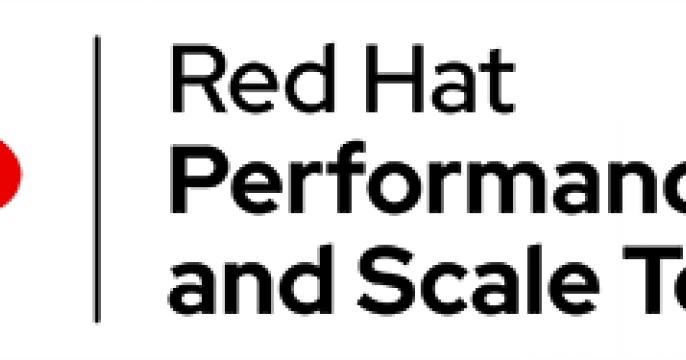Virtualization
Virtualization is the creation of a virtual, rather than physical, version of a server, storage device, operating system, or network resource. It improves scalability, operational efficiency, and security, making it vital to system design. With virtualization, you can run multiple applications and operating systems independently on a single physical server, maximizing resources and reducing costs.

What is virtualization?
Companies first introduced virtualization in the 1960s to maximize their use of large, costly mainframe hardware. Dividing these mainframes into virtual machines allowed each user to have a separate environment, making the expensive mainframes more efficient.
As technology progressed and became more affordable, the concept became integrated into server infrastructure, network infrastructure, and even storage solutions.

Modernizing with virtualization
One key way organizations virtualize to modernize their systems is by moving to a hybrid cloud application platform, such as Red Hat OpenShift. Imagine you’re running an application on a legacy system, and you want to rewrite the application to take advantage of modern, cloud-native technologies and practices.
Virtualization approach
- Break the monolithic application into multiple microservices
- Refactor the application to fit into a cloud-native environment
- Update deadlines for stakeholders as the project continues
- Timescale: Months or years
Conventional approach
- Rehost the application as-is in virtual machines on Red Hat OpenShift’s containerized platform
- Replatform the application in a container
- Refactor and modernize incrementally without disrupting services
- Timescale: Almost instant

Red Hat named a Leader in 2024 Gartner® Magic Quadrant™ for Container Management
Recognized for completeness of vision and ability to execute.
Quadrant for Container Management. Gartner Magic Quadrant research methodology provides a graphical competitive positioning of four types of technology providers in fast-growing markets:
Latest articles on virtualization

Learn how to connect VMs to user-defined networks in OpenShift with this...

Learn how to connect VMs to user-defined networks in OpenShift with this...

This article demonstrates how to enhance data security by installing...

This study proves database throughput in VMs on OpenShift with...


